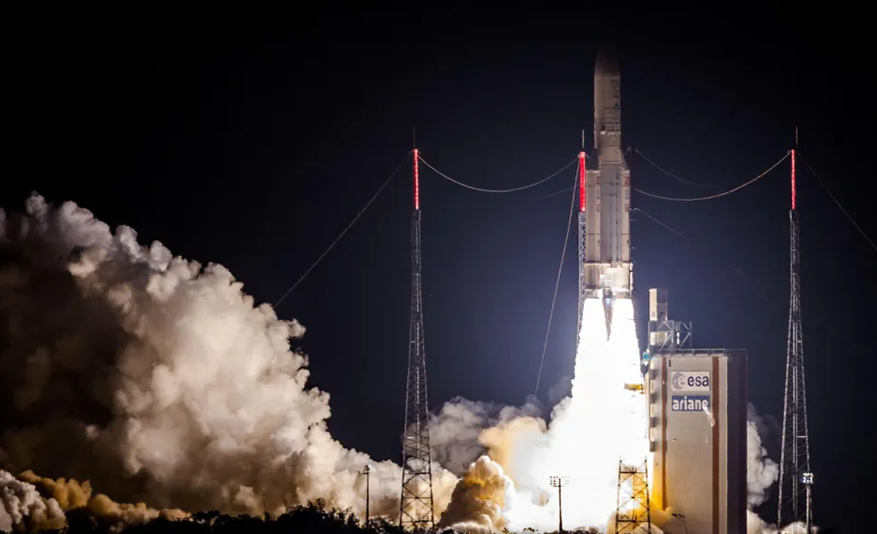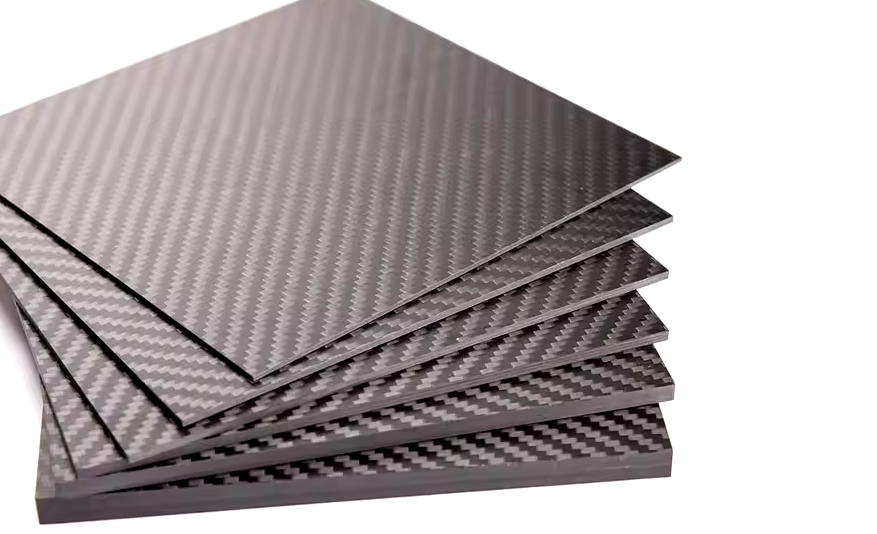Researchers have developed a hybrid technology that would combine Wi-Fi with the Long Range (LoRa) networking protocol, yielding a new long-distance wireless concept called WiLo. The research team has designed their proposed WiLo tech to be used on existing Wi-Fi and LoRa hardware.

The advance may find applications in Internet of Things (IoT) technologies–such as networks of long-range sensors used in agriculture or smart cities.
Demin Gao, a professor in the College of Information Science and Technology at Nanjing Forestry University in China, notes that Wi-Fi has limitations today in its range and its high power consumption. By contrast, LoRa is based on low power requirements that yield long-range communication capabilities and is often used for IoT applications.
In WiLo, the two communications protocols have been combined to maximize advantages of each one, without the need for additional tech to bridge the two systems. “This reduces costs, complexity, and potential points of failure, making IoT deployments more efficient and scalable,” Gao says.
The researchers—hailing from universities in Hong Kong, mainland China, South Korea, the United States, and the United Kingdom, as well as Intel employees in Germany—conducted their WiLo experiments used an off-the-shelf SX1280 LoRa transceiver produced by Semtech. And while the SX1280’s 2.4 GHz communications band is shared with Wi-Fi (and a host of other standards and technologies), Wi-Fi and LoRa signals are not compatible.
So the researchers developed an algorithm to manipulate the frequency of Wi-Fi’s data transmission signals to match the signals that the LoRa device uses to communicate with other devices. In technical terms, they manipulated Wi-Fi’s data multiplexing standard (called OFDM) to emulate the longer-ranged chirp signals used in LoRa’s chirp-spreading standard (called CSS).
















































